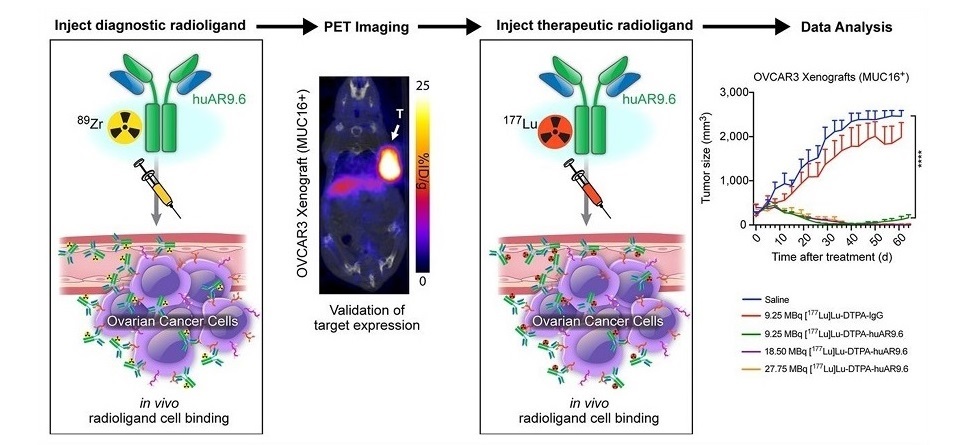Dressing Designed to Prevent Skin Reactions During Radiation Therapy
By MedImaging International staff writers
Posted on 25 Feb 2014
New Zealand researchers have shown that severe skin reactions during radiotherapy could be prevented by applying a thin transparent silicone dressing to the skin from the first day of treatment. Posted on 25 Feb 2014
Although many skincare products have been assessed in clinical trials over the years, until now none has been able to completely prevent severe skin reactions, according to senior lecturer Dr. Patries Herst from the department of radiation therapy at the University of Otago Wellington (New Zealand). Dr. Herst and her team of radiation therapists, oncology nurses, and medical physicists have completed five randomized controlled clinical trials in New Zealand public hospitals in Dunedin, Wellington, Palmerston North, and Auckland Radiation Oncology over the past five years, all centering on side effects caused by radiation therapy.
Their most recent trial was a close collaboration with Dunedin Hospital, and demonstrated it is possible to prevent skin reactions from developing in breast cancer patients undergoing radiation therapy. Skin reactions are common in these patients, ranging from mild redness to ulceration with symptoms of pain, burning, and itchiness, Dr. Herst said. “This can impact negatively on day-to-day life for patients who already have to cope with being diagnosed with and treated for cancer.”
Dr. Herst is quite pleased with the results, and identification of a product that performs well. “This is fantastic news for cancer patients and it has put New Zealand firmly on the world map as a leader in clinical research into radiation-induced acute side effects.”
The dressings work by adhering closely to the small folds in the skin without the use of adhesives, so do not stick to open wounds. By protecting the radiation-damaged skin from friction against clothing items or other body regions, they allow the stem cells of the skin to heal from the radiation damage in an undisturbed setting. The dressings are also free of chemicals that could react with the skin.
Dr. Herst is currently setting up a trial that will evaluate the dressings in head and neck cancer patients. The study’s findings have been published online January 31, 2014, in the international journal Radiotherapy and Oncology.
Related Links:
University of Otago Wellington














